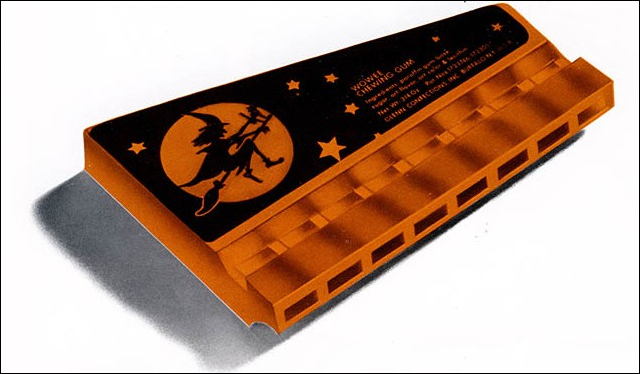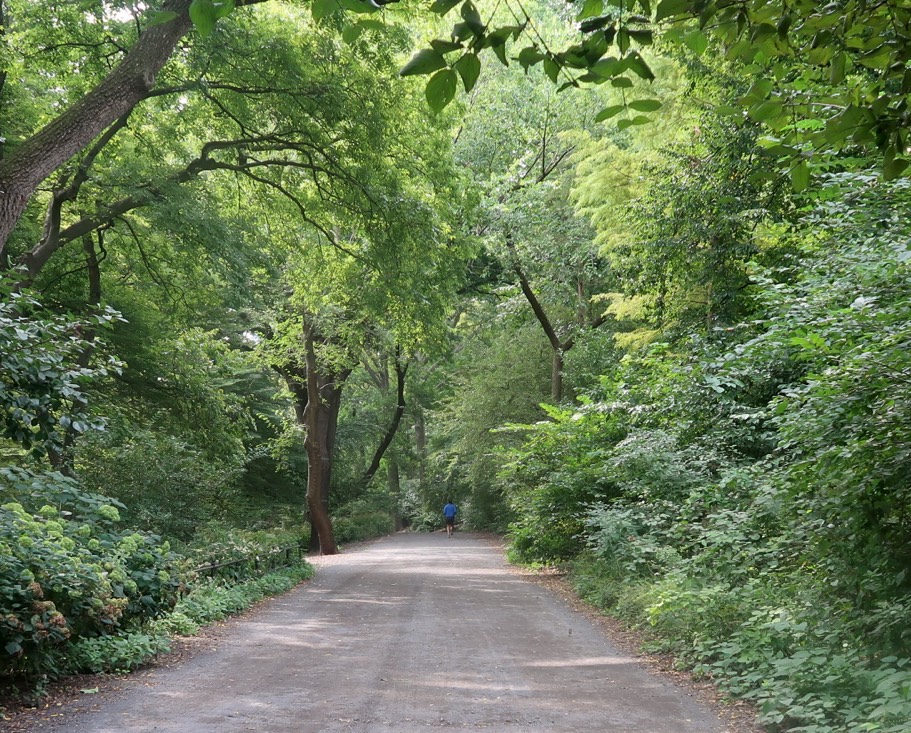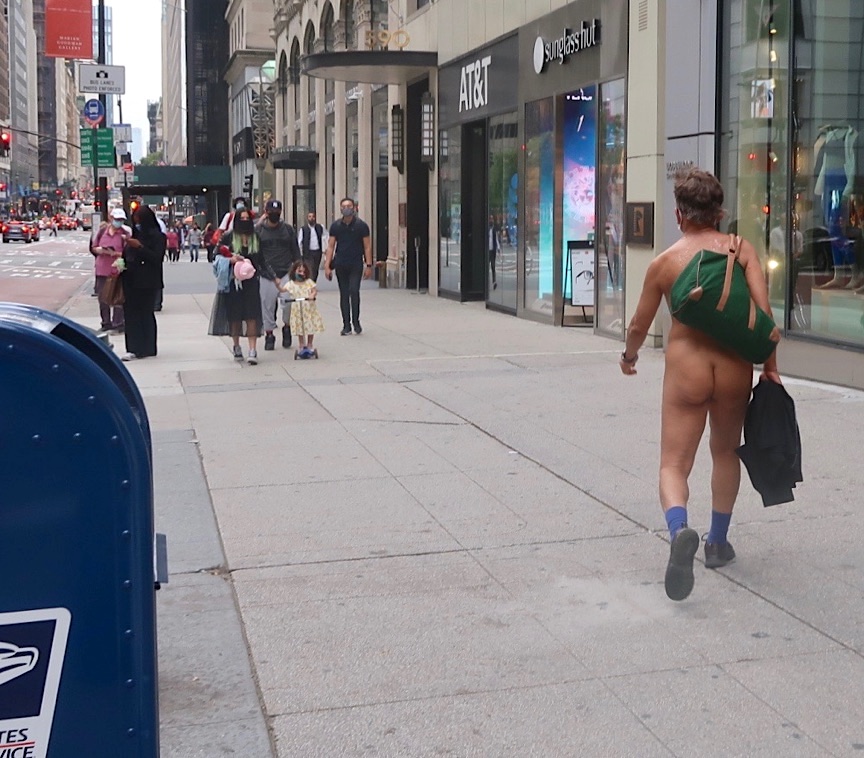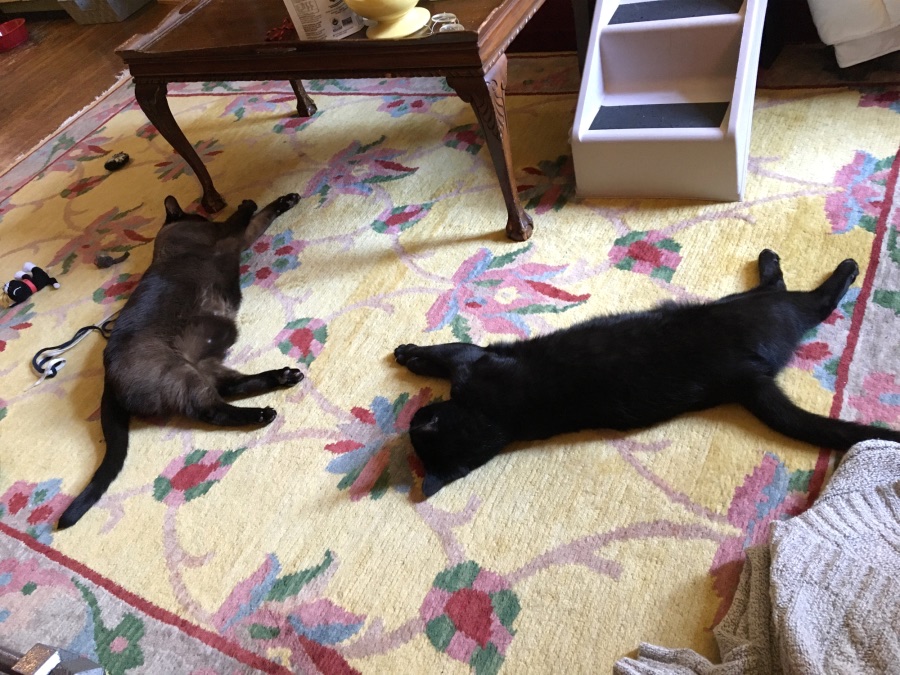UPDATE: Someone is bringing back the Wowee Whistle! It’s a Halloween candy I have been missing these since childhood, I can’t wait. This is the place, click here!
I have so longed to have a Wowee wax whistle again, a Halloween candy I remember from growing up. I did some searching. At first I thought they were originally made by the American Candy Company, which was founded in 1899 in Selma, Alabama, then sold in 1989 to the Pinkerton Group in Richmond, Virginia. Wait. The detectives?? No. The Pinkerton Group is part of Procordia United Brands, a Swedish corporation. Thinking the American Candy Company developed the Wowee Whistle, I followed that candy company all over the place, until the Canadian company Concord Confections acquired the wax candy division in 2002.
It seemed like I hit the jackpot then. Concordia had intended to continue making the wax candy, but then I learned that Concordia sold the wax candy division to Tootsie Roll Industries in 2004.
I contacted Tootsie Roll Industries. In answer to my first question, about whether or not they were ever going to bring the Wowee Whistle back, they said no. Politely. Well, maybe someone else can. So I asked, “Does your company have the records, recipe, manufacturing information, or whatever it is you would need in order to produce that item?” They answered, “Stacy, thank you for contacting us. Unfortunately our records do not date back this far. We are sorry to disappoint.”
Come on. 2004 is not that long ago. What now? I don’t entirely believe they just threw out everything to do with the Wowee Whistle. I think I need to persevere a little more with Tootsie Roll Industries.
But then I learned from a website which outlines the history of wax lips, that I got the back story a little wrong. Wax lips, which are similar to the Wowee Whistle, were developed by a guy named John W. Glenn in 1923, in Buffalo, NY. The whistles tasted so much better, in my opinion. But maybe Glenn also made the whistles? I just zoomed in on some pictures of the whistles, and the labels on each definitely say Glenn Confections, Inc., Buffalo, NY. John W. Glenn created the Wowee Whistle as well!
Quick history: His company, Glenn Confections, became part of W&F Manufacturing Company. When W&F Manufacturing Company went bankrupt in 1994, Challenger Candy Company of Secor, IL bought the wax candy-making machinery and moved it to Illinois. Then the Challenger Candy Company went bankrupt, and here’s where the American Candy Company comes in. They bought that same wax candy-making machinery and moved it from Illinois to Alabama (no year given). When Concordia bought the wax division next, in 2002, they moved all the machinery to Canada. I’m dying to see these machines! They must have been built in the 1920s. What happened to them next??
Tootsie Roll still makes the wax lips and fangs, by the way. Why not the whistle?? For the love of God. But they weren’t the first to stop making it. I don’t think I’ve seen one since the 1970s. The molds are probably more expensive, but still.
So, I think my next step is to call Concordia. Which doesn’t seem to make candy at all anymore, and instead preserves and sells seeds. They were the last company to have the machines in their possession, that I know of. Maybe they can tell me where they are now. Or how to make wax whistles.
Bottomline, thank you John W. Glenn for the Wowee Whistle. I loved them and so did millions of other kids. I’ve been searching on Ancestry to find his descendants in order to learn what happened to him in his later life. I’ve identified a granddaughter who I think is still alive. Maybe I will be back with an update.








